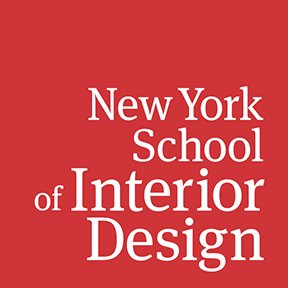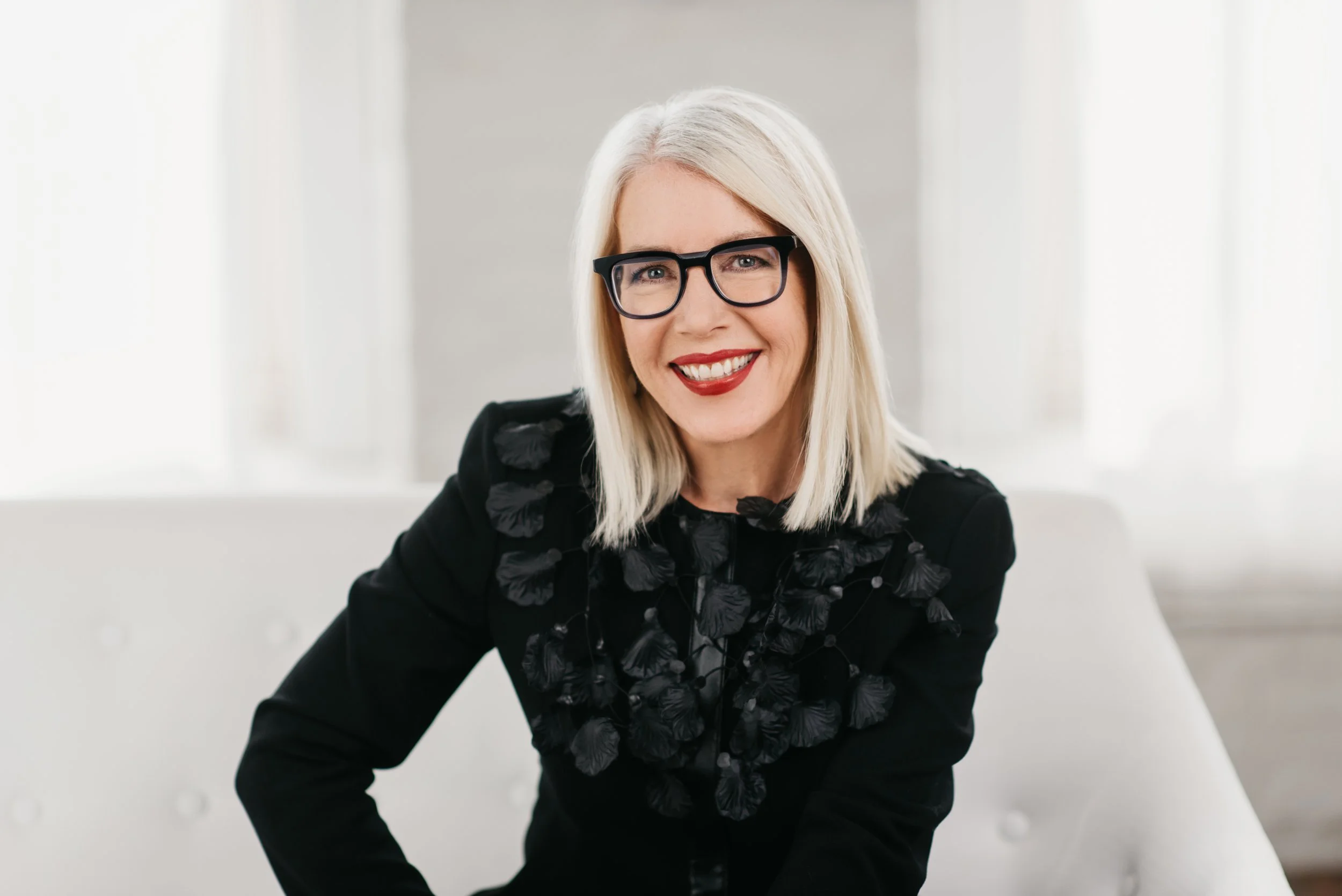Tama Duffy Day on Where a Graduate Education in Healthcare Design Can Take You
Tama Duffy Day, director of the New York School of Interior Design’s Master of Professional Studies in Design of Healthcare Environments (MPSH), is an award-winning designer and expert in age-inclusive, experience-driven design solutions. In her four decades in the design industry, she headed health, wellness, healthcare, and senior living practices at global architectural and design firms Gensler and Perkins&Will. Day led teams that executed everything from the redesign and rollout of multiple intergenerational ambulatory surgery centers across the Henry Ford Health System in Detroit, Michigan; Community of Hope’s Family Health & Birth Center, which provides quality healthcare services to underserved and underrepresented communities, with an emphasis on expecting mothers and their babies in Washington, DC; to the Bill Richards Center for Healing, the first non-university site in the United States to receive FDA clearance to conduct clinical trials with psilocybin for treating cancer patients with depressive disorders in Rockville, Maryland. Day brings her wealth of experience and connections to her leadership of NYSID’s one-year MPSH program. Jennifer Dorr, NYSID’s managing editor, sits down with Day to discuss the opportunities in this rapidly evolving sector of design.
Community of Hope Family Health and Birth Center, Gensler
Jennifer Dorr: What drew you to the healthcare sector of design?
Tama Duffy Day: I was assigned a project with the Mayo Clinic in Rochester, Minnesota, designing one of the largest radiation oncology and cancer centers in the world, during my first job, which was at Ellerbe Becket (now AECOM). It was a stroke of luck. Healthcare design captivated me because it requires both right-brain and left-brain thinking. Designing healthcare environments requires empathy and creativity. Cancer patients need different solutions than people suffering from dementia. You must be able to imagine yourself inside the experience of the end-users – from the patient to the clinician to the maintenance staff – and turn your insights into visualization and big-picture thinking. Systems thinking is also key. Every successful project needs to be technically competent: meeting codes, organized in a manner that is efficient for caregivers, and rendered with the technical know-how to be buildable and within budget. This work is deeply fulfilling because you’re impacting people through their environments at one of the most vulnerable moments of their lives.
Is there a growing demand for hires with expertise in healthcare design?
Yes. The healthcare industry accounts for 17.6% of the nation's gross domestic product in 2025 – that's $4.9 trillion. There are always design and construction projects in the field of health and healthcare, even during recessions. Ninety-six percent of US firms working in the healthcare sector of design and architecture predict regional growth over the next two years, according to Interior Design’s 2025 report on healthcare giants. The field is ever growing, changing, and expanding.
Henry Ford Health Freestanding ED & Ambulatory Care Center, Gensler
What’s driving the increase in demand for designers with health expertise?
For the first time in the history of our planet, the age of our population is being reshaped from a population pyramid, with many more young people than old, to a population rectangle, with equal numbers of people of all ages. The older we become, the more we need access to wellness and health. People are living longer, and working longer, and this demographic shift is not only increasing the need for traditional healthcare settings, but also creating an opportunity for intergenerational strategies that relate to health, healing, wellness, and adaptive design across all industries – including the workplace, hospitality, and residential sectors. The demand for senior housing is growing, as is the need for innovative design solutions for older adults who want to live vital, active, social lives. According to the CDC, employment of workers aged 65 or older has increased 117% over the last 20 years. Yet even though one in three seniors has some kind of mobility challenge, many are working in spaces that still require them to reach overhead for objects, for example. Workplaces in all industries need to accommodate the requirements of several generations working at once. The idea of health now transcends every industry, so this degree will position our students to further their careers in the direction of their choosing.
You were involved in writing the original curriculum for NYSID’s MPSH in 2012. What changes will you make as the program’s director?
The program’s curriculum has a very strong foundation. We are planning a refresh to better reflect where the industry is headed. The MPS programs at NYSID are intended to reflect issues and realities of current practice. When the MPS program started, the healthcare industry was very much focused on inpatient care and hospitals, with a shift toward outpatient care. This shift is still occurring, with more and more patients seen in community settings, in outpatient settings, and even in their homes. NYSID, with its expertise in teaching all types of design, provides the perfect platform to expand the healthcare design program to align with where the industry is today. We’ll be keeping a foothold in inpatient care, while looking at other industries that healthcare has emulated, like hospitality and retail. Just think about the growing number of facilities now located in communities: urgent care facilities, surgery centers, dental offices, pharmacies, physical therapy centers, and even housing are considered necessary components of healthcare and wellness. An MPSH degree from NYSID will provide our students with the capacity to design spaces in almost every type of environment, from wellness spas and community clinics to operating rooms, patient rooms, pharmacies, and memory care units.
The Bill Richards Center for Healing, Gensler
The Bill Richards Center for Healing, Gensler
Will you tell me about the credentials and experience of the MPSH faculty?
Our faculty bring high-level, diverse experience to this very interdisciplinary field of health and healthcare. Some work for major health systems, others are the leaders of large and/or prominent firms that focus on health, healthcare, and wellness. I’m currently recruiting faculty from around the country to continue to highlight this unique knowledge and expertise. NYSID’s MPSH faculty are truly leaders in their field.
I am particularly excited about our continued engagement with adjunct faculty member Elizabeth Sullivan, Principal and Northeast Regional Co-Leader of Healthcare for HOK, who previously worked for the Northwell Health System and will be teaching The Business of Healthcare. There are also our veteran adjunct faculty, praised by students in course evaluations. One example is Antonio Rodríguez-Argüelles ‘13 (MFA2), an interior designer for TPG Architecture who specializes in commercial interiors for healthcare and workplace environments. He’s an expert in the furniture and finishes for healthcare environments and will continue to teach Components of Healthcare Interior Design.
Our MPSH alumni work for, and in some cases, lead studios at Architectus, CannonDesign, EwingCole, Gensler, HKS, HOK, NBBJ, the Montefiore Health System, NYU Langone Real Estate Planning, Perkins Eastman, PhiloWilke Partnership, and other institutions. Our faculty draw on these connections and others for guest critiques and project mentorship, so our students get many industry exposures.
What major movements in healthcare will your curriculum address?
Systems thinking and experience design are paramount. We must design solutions not only for the patient and their family, but for caregivers, executives, technicians, and even maintenance. If facilities are open 24/7 the spaces also need to function at night, when there are typically fewer staff. Designers will be made aware of the unique engineering requirements and team collaboration that is needed for every successful project. Sustainability and healthy materials are particularly important in the design of spaces that support health and wellness.
Our graduates have the chance to have an impactful and powerful career, as the healthcare industry touches on so many aspects of every person's life. The design industry needs great innovators to take these complex systems and create interiors that feel and look inspirational. Our graduates have illustrated that they have accepted and excelled at that challenge.
About the Master of Professional Studies in Design of Healthcare Environments
NYSID’s unique, interdisciplinary MPSH program helps practicing designers acquire a broad knowledge of current research and theory in the design of healthcare interiors and apply it in focused studio experiences. This is a one-year (30-credit) full-time program for professionals who already have a degree in architecture, interior design, or a related discipline. The MPSH is a STEM-designated program. The program is available in both online and in-person formats, with courses offered at night and on weekends to accommodate working professionals.
Request more information about the MPSH HERE or reach out to Tama.Day@NYSID.edu.





